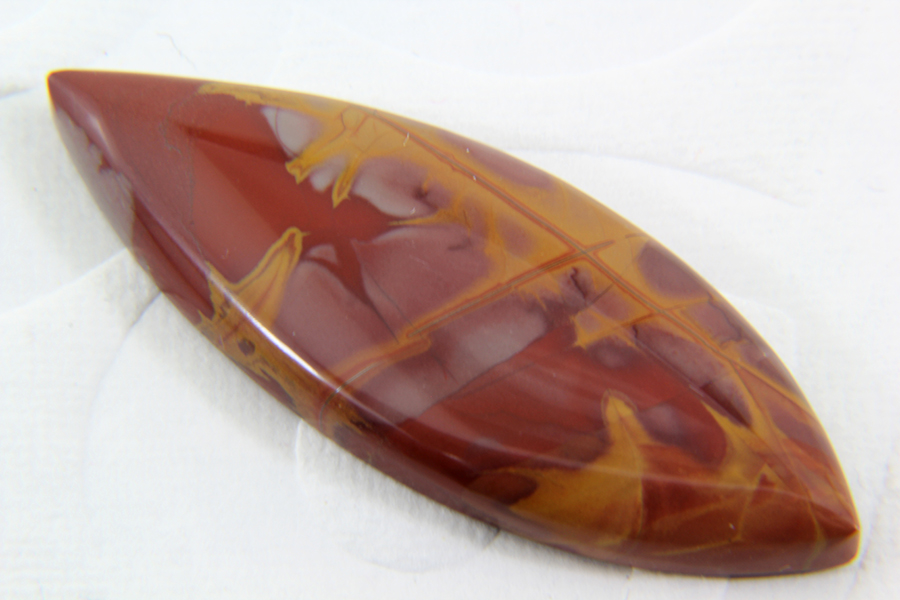The art of cutting cabochons is a fascinating aspect of the jewelry industry. Cabochon, derived from the French word ‘caboche’ meaning head, refers to a gemstone that has been shaped and polished as opposed to being faceted. The process involves cutting a stone into a smooth, rounded shape with a flat bottom. This method is typically used for opaque or translucent stones, allowing their natural beauty to shine through without the distraction of light reflection. In this article, we will delve into which types of stones are usually cut into cabochons.
Understanding Cabochon Cutting
Cabochon cutting or “cabbing” is an age-old technique that accentuates the inherent beauty and color of gemstones. The process involves grinding the stone down into the desired shape before polishing it to achieve a glossy finish. Unlike faceted stones that have geometrically cut surfaces, cabochons have smooth and rounded tops.
Cabbing is often used for softer or more brittle stones that may not withstand the pressure involved in faceting. It’s also preferred for stones with asterism (star effect) or chatoyancy (cat’s eye effect), as these phenomena are best displayed on a smoothly polished surface.
Types of Stones Typically Cut Into Cabochons
1. Opal: Opals are one of the most popular choices for cabbing due to their play-of-color effect, which displays a range of colors when viewed from different angles. Cutting opals into cabochons allows this unique characteristic to be showcased beautifully.
2. Turquoise: Known for its vibrant blue-green hue, turquoise is another stone commonly cut into cabochons. Its opaque nature and relative softness make it ideal for this type of cutting.
3. Moonstone: Moonstones have an enchanting adularescence – an optical phenomenon that creates a billowy glow reminiscent of moonlight. This effect is best highlighted when the stone is cut into a cabochon.
4. Lapis Lazuli: This deep blue stone often has golden flecks of pyrite, creating a night sky effect. The flat surface of a cabochon cut allows for the full beauty of this stone to be appreciated.
5. Labradorite: Labradorite exhibits a stunning optical effect known as labradorescence, which gives it a unique iridescent quality. Cutting this stone into a cabochon enhances its mesmerizing color play.
6. Tiger’s Eye: This stone is famed for its chatoyancy, an optical effect that resembles the slit eye of a cat. Cabbing brings out this feature in the best possible way.
7. Jade: Jade is often cut into cabochons due to its toughness and opaque nature. Its rich green hue and smooth texture are beautifully showcased in this form.
8. Amber: Amber, being an organic gemstone made from fossilized tree resin, often contains fascinating inclusions such as insects or plant material. A cabochon cut allows these unique features to be clearly visible.
Cutting cabochons is an art that requires skill and precision, but it’s worth it for the stunning end result – gemstones with smooth, rounded surfaces that highlight their natural beauty and unique characteristics. Whether you’re drawn to the vibrant hues of turquoise and lapis lazuli or the mesmerizing effects of opal and labradorite, there’s no denying that these stones are at their most captivating when cut into cabochons.
So next time you’re admiring a piece of jewelry featuring a beautifully polished, rounded gemstone, remember – there’s more than meets the eye when it comes to cutting cabochons!


